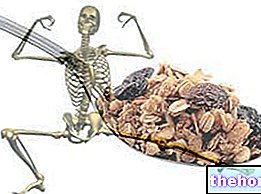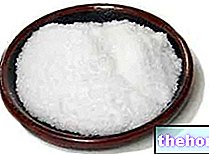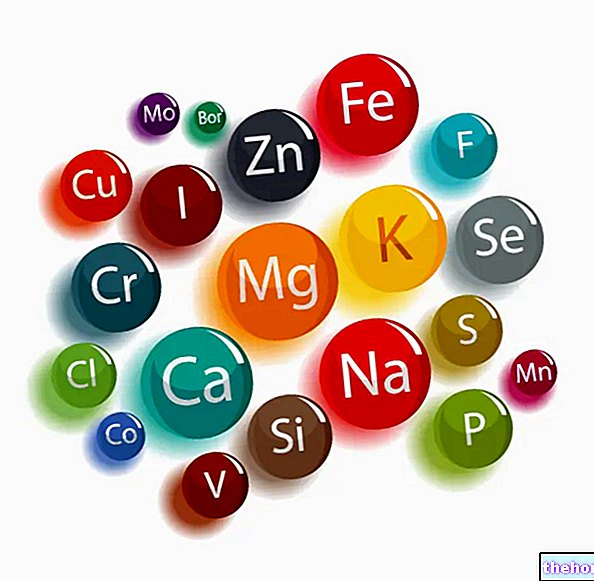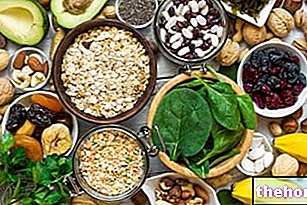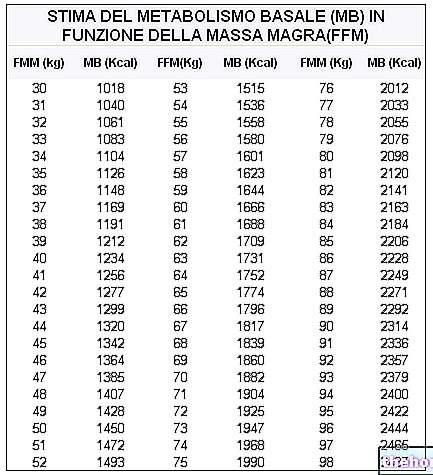Arachidonic Acid in Food and Endogenous Synthesis
Arachidonic acid is a polyunsaturated fatty acid with 20 carbon atoms [20: 4 (ω-6)].

Also known as 5-8-11-14 eicosatetraenoic acid, or more simply indicated by the acronym AA, arachidonic acid is widespread in nature and can be taken through foods - especially animal ones (eggs, fish and meat). - or synthesized by the body from linoleic acid. Endogenous synthesis is minority, while the contribution of nutrition is quite high, especially in industrialized societies. For all these reasons, arachidonic acid is considered a semi-essential fat, indispensable when sufficient quantities of linoleic acid are not consumed (mainly contained in oils of seeds). In the human organism, the highest concentrations of arachidonic acid are recorded in the muscle and brain tissues.
Arachidonic acid is also present in good quantities in breast milk (more than double that of cow's milk) and it is no coincidence that it is considered an important nutrient for the good growth of the fetus and newborn. In particular, it has proved very important to promote the child's nervous and intellectual development (action shared with omega-three fatty acids).
In our organism, arachidonic acid is concentrated at the level of the membrane phospholipids, that is, in that phospholipid bilayer which - by distributing itself on the external surface of the cells - regulates the "entry and exit" of the various cellular metabolites (nutrients, hormones, refusal etc.).
Arachidonic Acid, Leukotrienes and Inflammatory Cascade
Arachidonic acid is the main precursor of eicosanoids, substances involved in the inflammatory response of the organism. In the presence of tissue damage, enzymes belonging to the class of phospholipases A2 (PLA2) release arachidonic acid from membrane phospholipids (where it has been esterified), for example from phosphatidylethanolamine (PE), from phosphatidylcholine (PC), from phosphatidylinositol ( PI) and from phosphatidylserine (PS). Two different molecular types can thus be obtained from arachidonic acid: the 2 series of PROSTAGLANDINS and THROMBOSSANS (from the cyclooxygenase pathway) and the LEUCOTRIENES series (from the lipoxygenase pathway). Like the starting fatty acid, all these substances are called eicosanoids due to the structure of 20 carbon atoms that characterizes them.
The synthesis of series 2 of prostaglandins and thromboxanes starting from free arachidonic acid is mediated by the enzyme cyclooxygenase, which in the human body is present in the form of COX1 and COX2. Corticosteroid drugs carry out their anti-inflammatory action by inhibiting the enzyme phospholipase A2 (PLA2), while non-steroidal anti-inflammatory drugs (such as aspirin or ibuprofen) inhibit the action of COX1 and / or COX2 enzymes.

The prostaglandins produced starting from arachidonic acid perform a vasodilating action and increase capillary permeability supporting the inflammatory state (fever, pain, edema). This action contrasts the anti-inflammatory action carried out by the prostaglandins of the series one (PEG-1) and three (PEG-3), which are instead produced starting from alpha linolenic acid (fish oil, hemp oil, linseed oil) and from linoleic acid (which, as we have seen, can be converted into arachidonic acid and thus indirectly originate also PEG-2). The issue, however, is not so simple, given that not only prostaglandins with a pro-inflammatory action originate from arachidonic acid, but also others with diametrically opposite effects. In physiological conditions, arachidonic acid and the ecosanoids that derive from it therefore perform a "regulatory and control action on inflammatory processes. The prostaglandins produced in the cyclo-oxygenase pathway, in fact, act rapidly on the cells in which they have been synthesized and on nearby tissues, after which they are inactivated and eliminated in the urine; in this way they control inflammation by preventing the development of abnormal reactions.
The leukotrienes originating from the lipoxygenase pathway, due to the bronchoconstrictor effect, are implicated in the pathophysiology of asthma and anaphylactic shock.
Dietary intake and nutritional balance
Since inflammation is involved in the origin and maintenance of many morbid conditions (rheumatoid arthritis, chronic ulcerative colitis, lupus, pelvic inflammatory disease, atherosclerosis, etc.), dietary strategies have been studied to reduce the synthesis of prostaglandins pro-inflammatory in favor of those with anti-inflammatory action. For this purpose it is advisable to reduce the consumption of vegetable oils and fatty meats, in favor of fish and some particular oils, such as flax and hemp. It is also advisable to prefer low-fat dairy products and to limit the consumption of eggs, especially the yolk; at the same time these protein sources should be replaced on at least a couple of weekly occasions with legumes such as lentils, chickpeas, beans and soy products. By doing so, it is plausible that greater quantities of eicosapentaenoic and docosahexaenoic acid (omega-three) are incorporated in the membrane phospholipids instead of arachidonic acid. In the presence of an inflammatory input, the inflammatory response would therefore be less violent.
Obesity is a condition heavily associated with a chronic inflammatory state of the organism, so in these cases a low-calorie diet can be indirectly considered anti-inflammatory.
Recently the nutritional importance of arachidonic acid has been extensively re-evaluated in the sports field, to the point that it is now marketed as a supplement intended to maximize muscle growth in bodybuilders.

